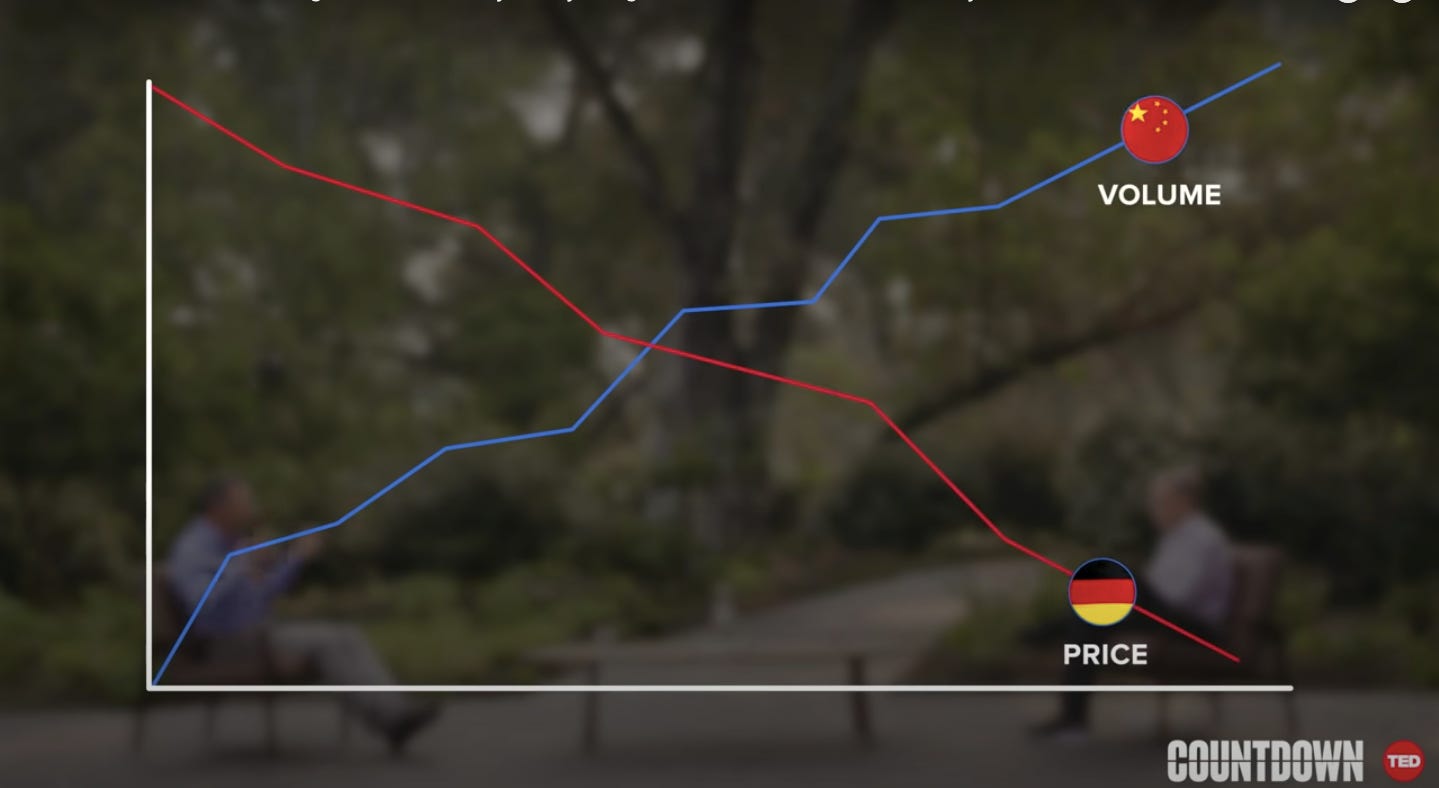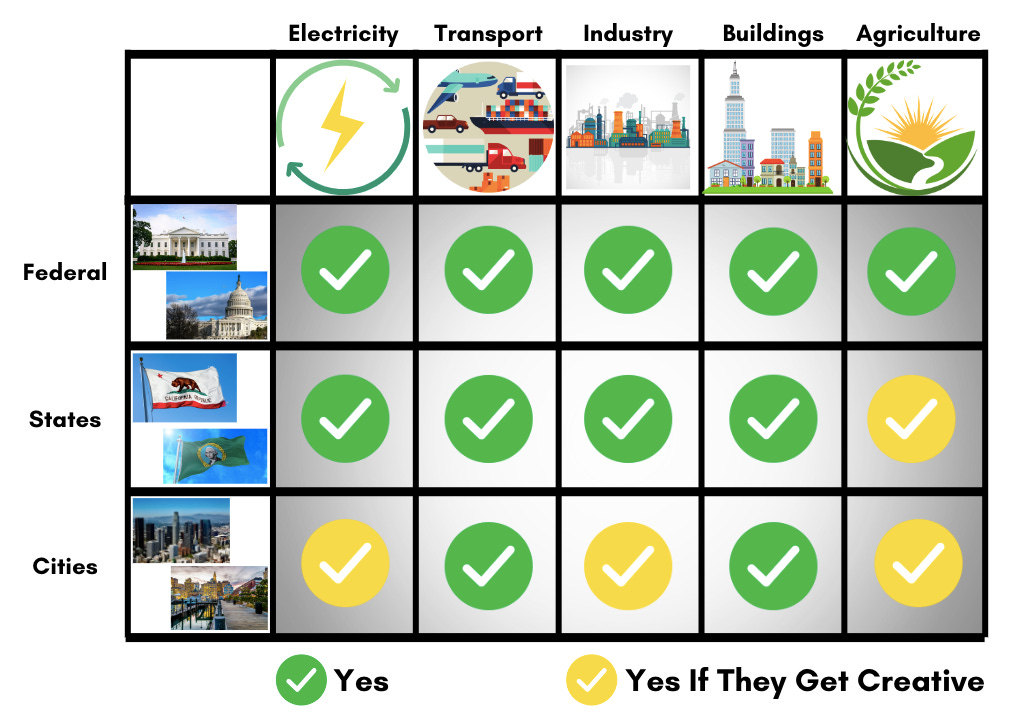The Latest Imperfectly Well Balanced Climate Policy Book: Part 1

In Short
- Much of the content isn’t new for those who’ve read other climate policy books before, with some key exceptions.
- All climate friendly technologies can benefit to some extent from the learning curve principle.
- States and cities can do a lot more on climate than you think.
Intro
I first came across Hal Harvey’s previous book Designing Climate Solutions back in the summer of 2020. Although clearly written for those with a background in the field, it ended up providing me with so much great policy knowledge that I marked it all up and still refer back to it often. Thus, I was excited to hear that he and science writer Justin Gillis were publishing a 2nd climate policy book, The Big Fix, which recently came out less than two months before the U.S. midterm elections. And while much of its content wasn’t new to me, the authors did emphasize several solutions that will be pivotal to meeting our climate goals going forward.
Format
The book was well balanced mainly in that it gives relatively equal weight to the proven solutions we already have versus the areas that still need innovation. This was a welcome sight to me, knowing that essential technologies such as EVs, heat pumps and green hydrogen must not be mutually exclusive. The authors also cover actions all levels of government can take, which is important to emphasize since many people still think the President and Congress make all the decisions (newsflash: they don’t). The Big Fix goes over each sector, typical of most climate policy books nowadays, which is good in terms of scope, but means many concepts are a bit redundant. Nonetheless, here’s what stood out to me:
Leverage the Learning Curve
All climate technologies are subject to a principle called the learning curve. That refers to how they become cheaper as their demand increases over time. This applies to pretty much everything society needs to reduce emissions, from the ones already mentioned to less covered sectors like sustainable aviation fuel.

There are two major implications here. The first is as the process continues, essential climate technologies become more cost competitive with fossil fuels, which still have an incumbent grip on the world economy. The second is developing countries really need that to be the case. Without it they won’t be able to grow their economies using clean energy right from the start. Other climate policy authors have stressed this too. Most notably, getting essential technologies down the learning curve in time is similar to ending the Green Premium, a term popularized by Bill Gates.
So knowing its importance, how do we use the learning curve to our advantage? The authors don’t explain this in one piece, but they do emphasize a couple handy principles:
- Someone, ideally governments, needs to overpay for early stage technologies. Much like how consumers did for smartphones back in the day.
- Once there’s some momentum, focus on cumulative production rather than time. The faster production repeatedly doubles, the faster the costs fall.
As for the specific policies that really help on that front, check out this excerpt from Hal Harvey’s aforementioned previous book Designing Climate Solutions.
The Power of States and Cities
It’s widely known in the climate policy space that all levels of government must help reduce GHG emissions. This is a really good thing mainly because it means more people can get involved in those critical processes, whether they’re policymakers, advocates, or from any other background.
Thus, most of what the authors recommend readers do involves influencing outcomes via states and cities. States can for example:
- Phaseout natural gas in building appliances.
- Invest in EV charging stations.
- Set clean electricity mandates.
While cities can lead on:
- Reducing reliance on cars through mode shifting policies.
- Setting building codes for electrification and energy efficiency.
- Ending single family zoning regulations.
Yes, there are still challenges to passing policy at any scale. However, the point is that the options mentioned above are both available and often overlooked. Hence, a table on what levels of government have say over which sector looks something like this (though it’s likely different in other countries):

In other words, any pressure states and cities can take off the federal government is extremely helpful.
Next Up: Part 2 in which I cover buy clean policies, permitting reform, where the book didn’t go far enough, and an exercise that anyone can use to launch their climate career.

Member discussion